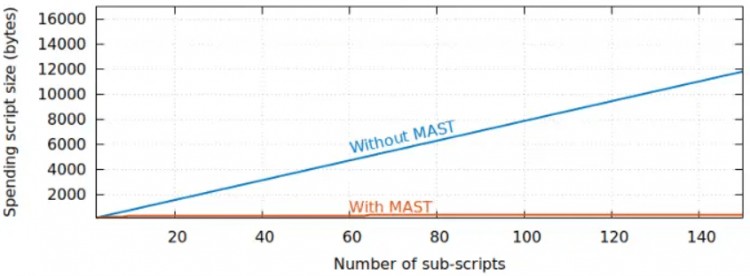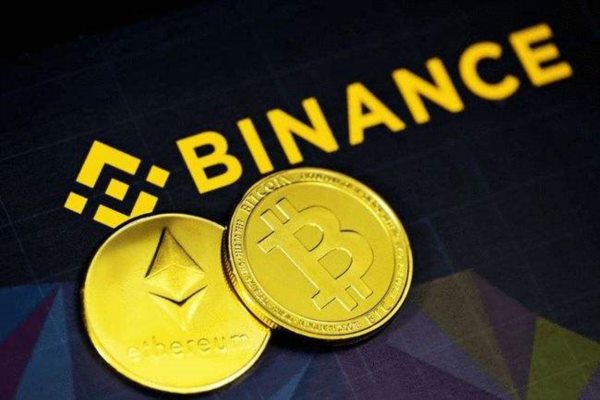时间:2024-03-19|浏览:264

用戶喜愛的交易所

已有账号登陆后会弹出下载

Author: Kernel Ventures Jerry Luo
审稿:Kernel Ventures Mandy, Kernel Ventures Joshua, Kernel Ventures Rose
TLDR:
With the popularity of the inscription track, the existing application layer of the Bitcoin main network cannot satisfy the inscription market, which is the focus of current Bitcoin network development.
There are three mainstream Layer 2 solutions in Bitcoin at this stage, namely Lightning Network, Sidechain and Rollup:
The Lightning Network realizes point-to-point payment by establishing an off-chain payment channel, and settlement is carried out on the main network after the channel is closed;
The side chain locks the main network BTC assets through a specific address or a multi-signature address on the main network, and mints equivalent BTC assets on the side chain. Among them, Merlin Chain can support multiple types of inscribed assets across chains, and is closely connected with the BRC420 asset community. At this stage, the total amount of TVL on the chain exceeds 3 billion US dollars;
The current BTC Rollup simulates smart contracts on the chain based on Taproot circuits, and completes packaging and calculation operations outside the Bitcoin main network. Among them, B2 Network is at the forefront of the implementation process, and the total amount of TVL on the chain has exceeded 200 million US dollars.
There are not many cross-chain bridges designed specifically for Bitcoin. At this stage, more of them integrate multi-chain bridges and full-chain bridges from mainstream public chains. Among them, Meson.Fi has established cooperative relationships with many Bitcoin second-layer projects.
The Bitcoin stablecoin protocol is mostly implemented in the form of over-collateralization, and other DeFi protocols are built based on the stablecoin protocol to supplement it to bring more benefits to protocol users.
DeFi projects in the Bitcoin ecosystem vary widely. Some have migrated from other chains, some have been built on the Bitcoin mainnet during this development boom, and some have made their fortunes in the last bull market and deployed on Bitcoin side chains. Up. Overall, Alex has the most complete trading types and the best trading experience, but Orders Exchange has greater room for growth.
The Bitcoin ecosystem will be an important narrative in this bull market, and you can pay appropriate attention to the trends of leading projects in each segment of the Bitcoin ecosystem.
With the overflow of inscription assets brought by the Ordinals protocol, the Bitcoin network, which once lacked smart contracts, could only rely on scripting languages for development, and had weak infrastructure and expansion functions, has ushered in a data on-chain boom (for related introductions, please refer to Kernel’s previous article Research report: Can RGB replicate the craze of Ordinals). Similar to what happened when the Ethereum network exploded, people were scrambling to write text, images and even videos into the 4MB Tapscript space that would never be executed. Although this on-chain boom has promoted the prosperity of the Bitcoin network ecosystem and the development of infrastructure, it has also brought a surge in transaction volume and huge storage pressure to the Bitcoin network. In addition, for various inscriptions, simple transfers can no longer meet everyone's transaction needs. Users are also looking forward to the introduction of various derivative transaction services on Ethereum to the Bitcoin network. Therefore, the development of the Bitcoin mainnet application layer has become a relatively urgent need in the current market.









Overall structure of SatoshiVM, picture source: SatoshiVM official documentation
2.3.3 BL2
BL2 is a Zk Rollup type Bitcoin Layer2 designed based on the VM universal protocol (the official default virtual machine protocol that is compatible with all mainstream virtual machines). Similar to other Zk Rollup Layer 2, its Rollup Layer mainly uses zkEvm to package transactions and generate corresponding zero-knowledge proofs. The DA layer of BL2 introduces Celsetia to store batches of transaction data and only uses the BL2 network to store zero-knowledge proofs. Finally, a small amount of verification data, including the verification of zero-knowledge proofs and BVC, is returned to the main network for settlement.
BL2 network structure, image source: BL2.io
BL2’s At this stage, the project is relatively niche compared to other Bitcoin Layer2 and is in an early stage. It has introduced recently popular concepts such as Celestia and Bitcoin Layer2, and is conceptually very popular. However, its official website has no practical functions, only expected demonstrations, and no project white paper. At the same time, the goals set are too high, such as the account abstraction on Bitcoin and the VM protocol compatible with mainstream virtual machines, which are very difficult to achieve. It is not certain whether the team will be able to complete this goal in the end, so it is difficult to predict at this stage. Make an accurate assessment of the project.
BL2 roadmap, image source: BL2 official X
2.3.4 B2 Network
B2 Network is a zkRollup Layer 2 with Bitcoin as the settlement layer and DA layer. The structure can be divided into two layers: Rollup Layer and DA Layer. User transactions will first be submitted and processed in the Rollup Layer. The Rollup Layer uses the zkEvm solution to execute user transactions and output relevant certificates, and also stores user status in the ZK-Rollup layer. The batch-packaged transactions and generated zero-knowledge proofs will be forwarded to the DA Layer for storage and verification. DA Layer can be subdivided into three parts: decentralized storage node, B2 Node and Bitcoin main network. After receiving the Rollup data, the decentralized storage node regularly generates time and space zero-knowledge proofs based on the Rollup data, and sends the generated zero-knowledge storage proof to the B2 Node. The B2 Node is responsible for off-chain verification of the data. After the verification is completed, the transaction data and corresponding zero-knowledge verification are recorded on the Bitcoin main network in the form of TapScript. The Bitcoin mainnet will be responsible for confirming the authenticity of the zero-knowledge verification and conducting final settlement.
B2 Network network structure, picture source: B2 Network white paper
B2 Network has good attention among major BTC Layer2 solutions. It has 300,000 fans on At the same time, the project has received seed round financing including OKX and HashKey, which has attracted much attention. At this stage, the TVL on the chain has exceeded 600 million US dollars.
B2 Network participating companies, picture source: B2 Network official website
B2 Network has launched the main network B2 Buzz. To use B2 Network at this stage, you must obtain an invitation link and cannot participate directly. B2 Network draws on Blast's communication model to create a strong two-way interest binding between new entrants and existing entrants, giving those already in the game sufficient motivation to promote the project. After completing simple tasks such as following the official Twitter, you can enter the staking interface. At this stage, it supports the use of assets on the four public chains of BTC, Ethereum, BSC and Polygon for staking. In addition to Bitcoin, the assets of the Bitcoin main network, Inscription ORDI and SATS can also be pledged. If you pledge BTC assets, you can transfer the assets directly. If you want to pledge inscription assets, you need to go through the inscription and transfer stages successively. It is worth noti









